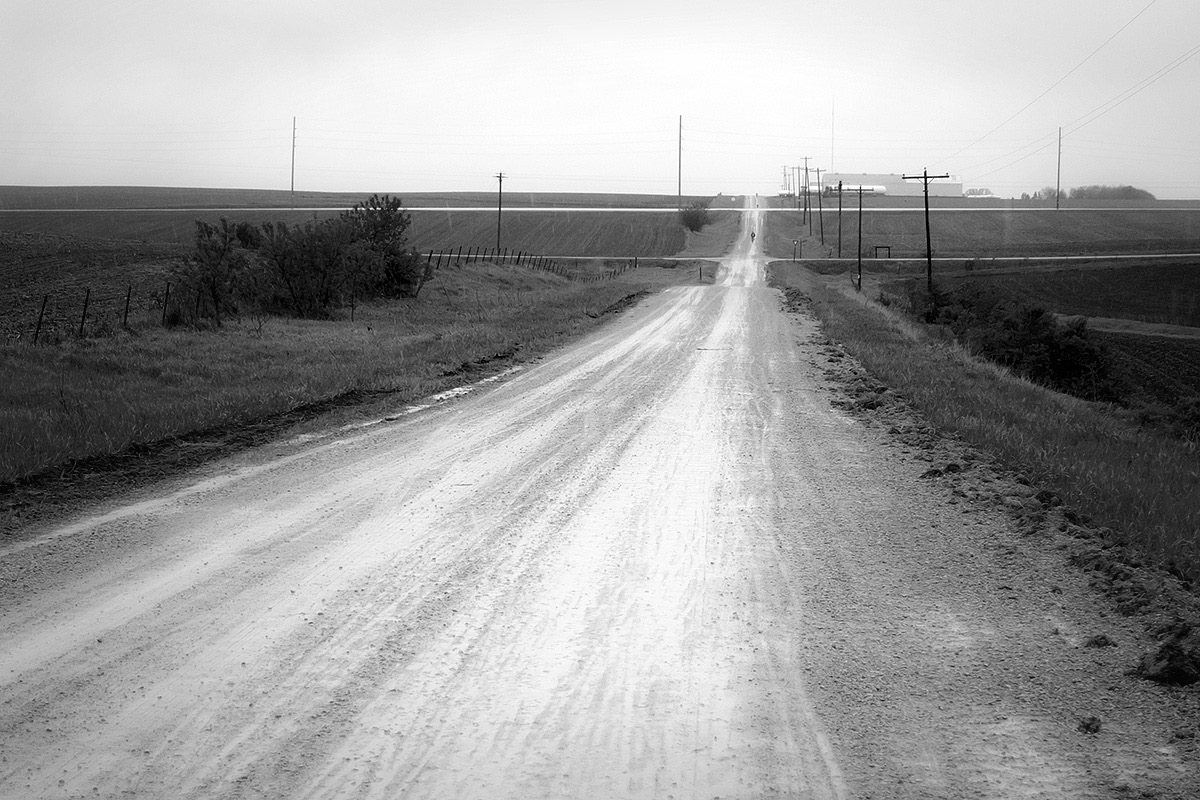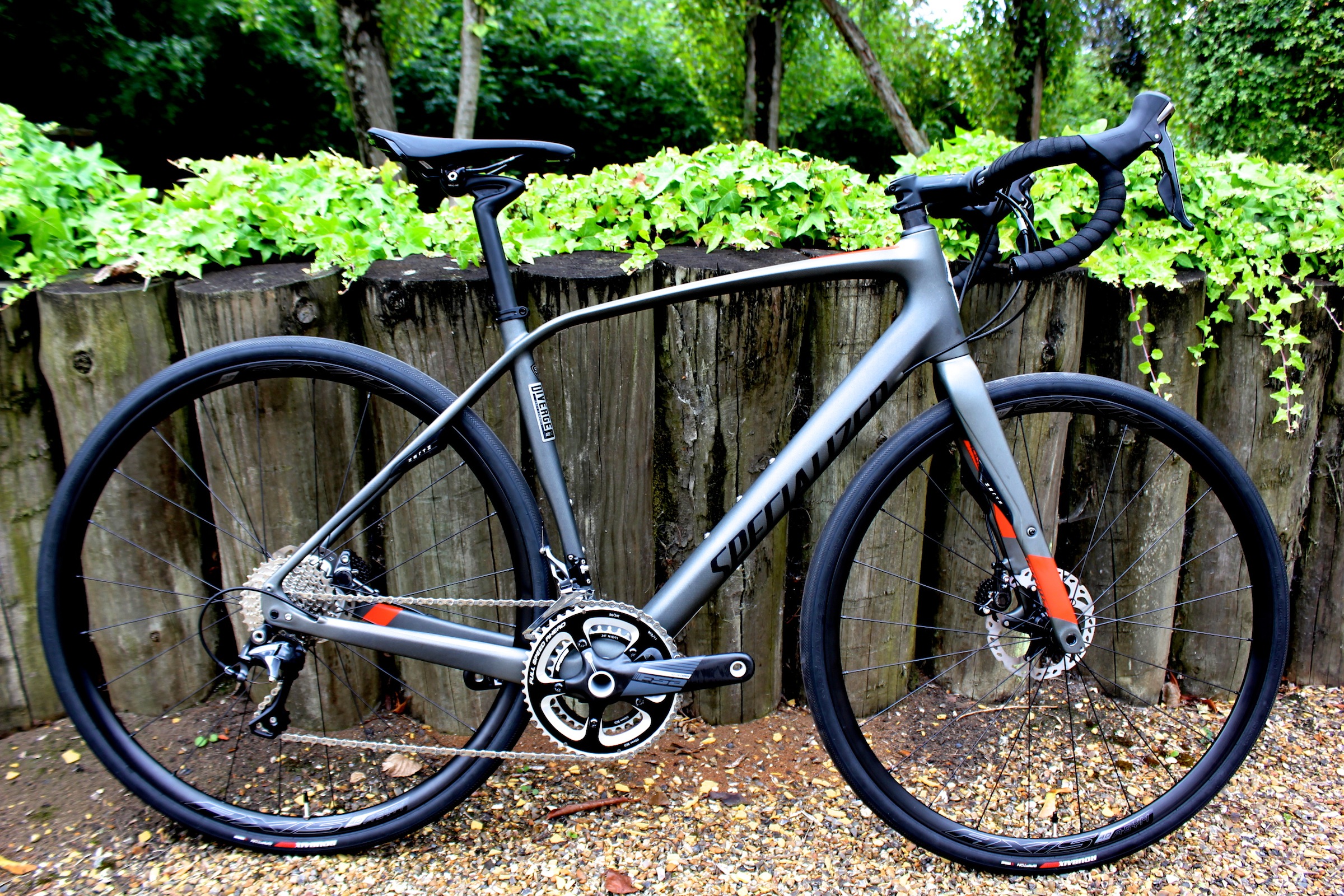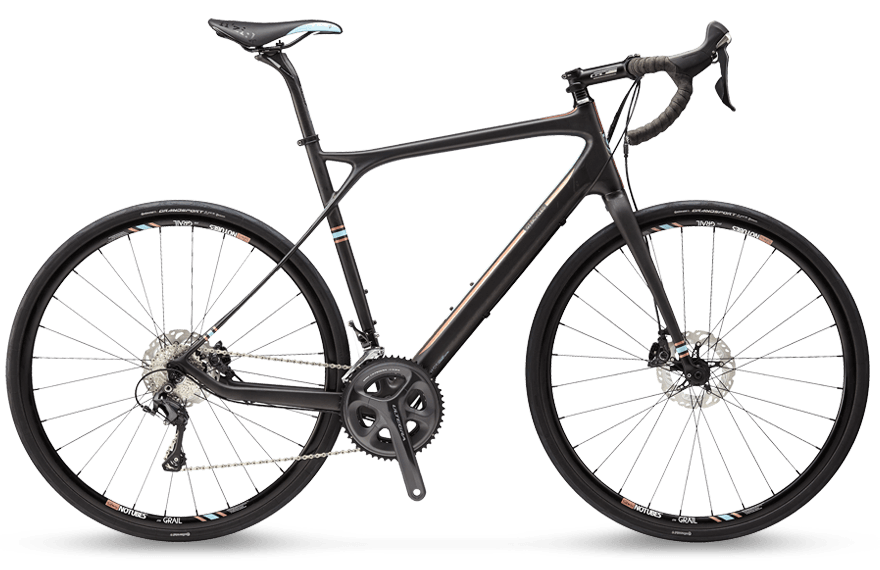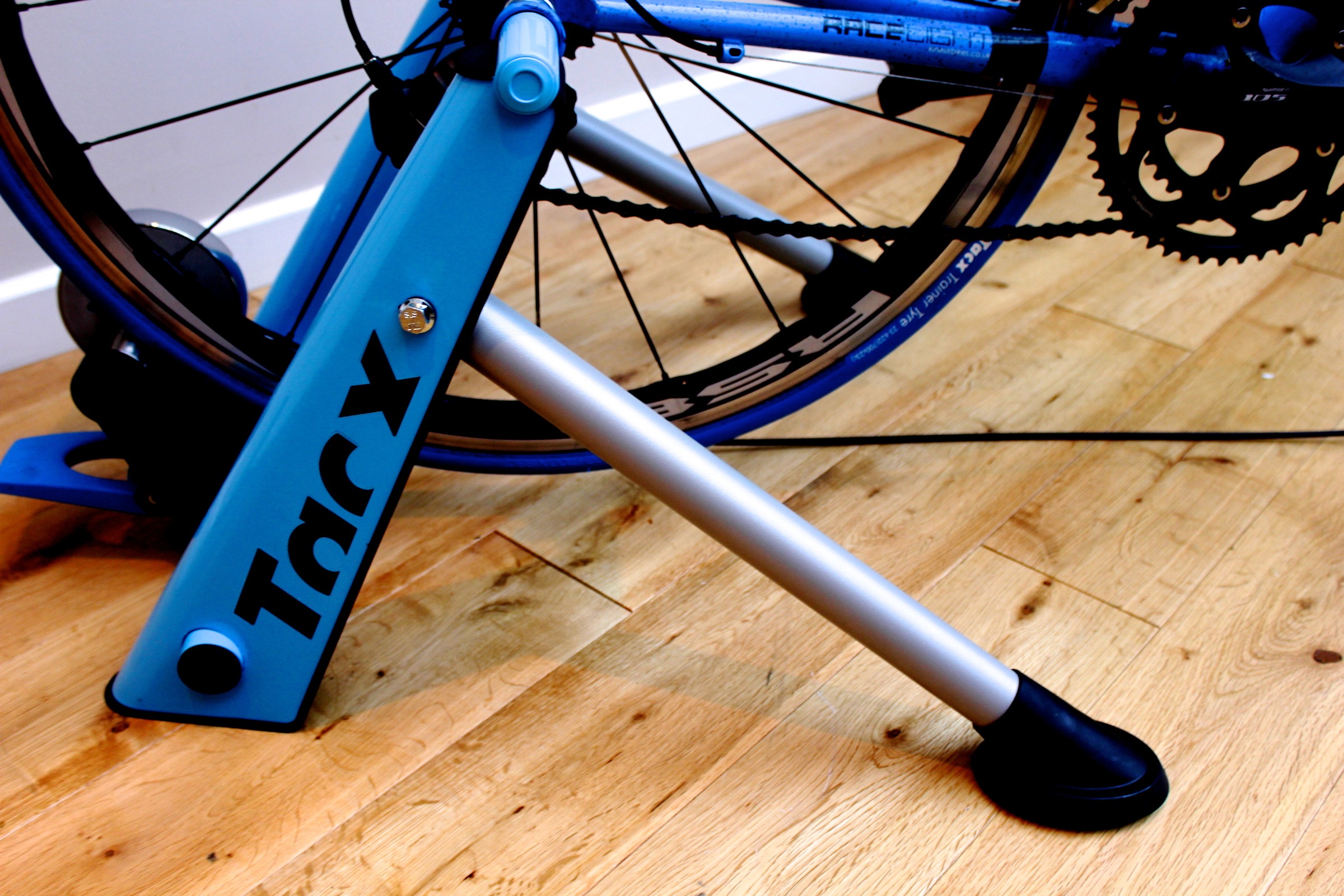What makes a gravel bike?
-

The gravel bike has evolved from the US gravel racing scene (Jereme Rauckman via Flickr Creative Commons)
-

Disc brakes are a key feature of gravel bikes
-

The Specialized Diverge is the American firm's take on the gravel bike
-

GT launched the Grade 'enduroad' bike in 2014
What makes a gravel bike?
As we mentioned earlier, gravel bikes might pass more than a resemblance to endurance or sportive road bikes, but with all those long, straight, dusty roads, gravel bike designers have opted for stability to help define the frameset.
A longer wheelbase and a slacker headtube angle provide extra stability to improve stability and rider comfort, while the frame is also likely to be tuned to boost compliance, with the Diverge chassis featuring the ‘Zertz’ inserts also found on Specialized’s Roubaix endurance bike.
You could argue that a cyclo-cross bike is designed only to be ridden for a short period of time. The average duration of a ‘cross race is one hour plus a lap, and so the design and geometry is focused towards performance, and isn’t quite right for endurance riding – but more of that later.
Remember, this isn’t off-road riding to resemble anything like mountain biking. Some bike manufactures go to great lengths on their websites to tell you to keep your wheels firmly on the ground (that’ll be a disclaimer, then?). Many gravel bikes will also have mudguard and rack mounts, for winter training, light touring or commuting duties.
A sloping top tube offers more stand-over height, which is useful in a get-off, while taller head tubes than what you’d expect to see on a ‘cross or race bike allow for greater comfort in a more upright rider position. This element to gravel bike design should also allow riders to reach the drops on the handlebars more comfortably; something you’ll definitely appreciate when riding into a headwind or during a descent.
Disc brakes have gained a strong foot-hold in road and cyclo-cross and are almost certainly going to be an integral feature on your gravel bike. Cable operated discs are fine in the gravel road environment, but as the model price and spec goes up you can expect to see hydraulic discs fitted. Shimano’s excellent Ultegra show-stoppers still seem to be the brakes of the moment, but as yet, only come fitted to bikes near the top of the spec charts.
As for rolling stock, gravel bikes require greater tyre clearance at both ends of the frame to accommodate wider, plusher and grippier tyres for unsurfaced roads. Wider tyres also mean wider wheel rims, so you can expect anything between 28 to 35mm in tyre width (and sometimes bigger) to sit comfortably on your rims. Tyre treads are generally road orientated with plenty of puncture protection built in, but some models like the Kona Rove come with knobbly tyres fitted as standard.
Tyre choice is crucial as far as a gravel bike is concerned, and the extra clearance afforded by the frame offers plenty of versatility, whether it be a road-orientated 28mm rubber, or something altogether fatter for the rough stuff.
Now let’s take a closer look at what defines a gravel bike’s geometry.





